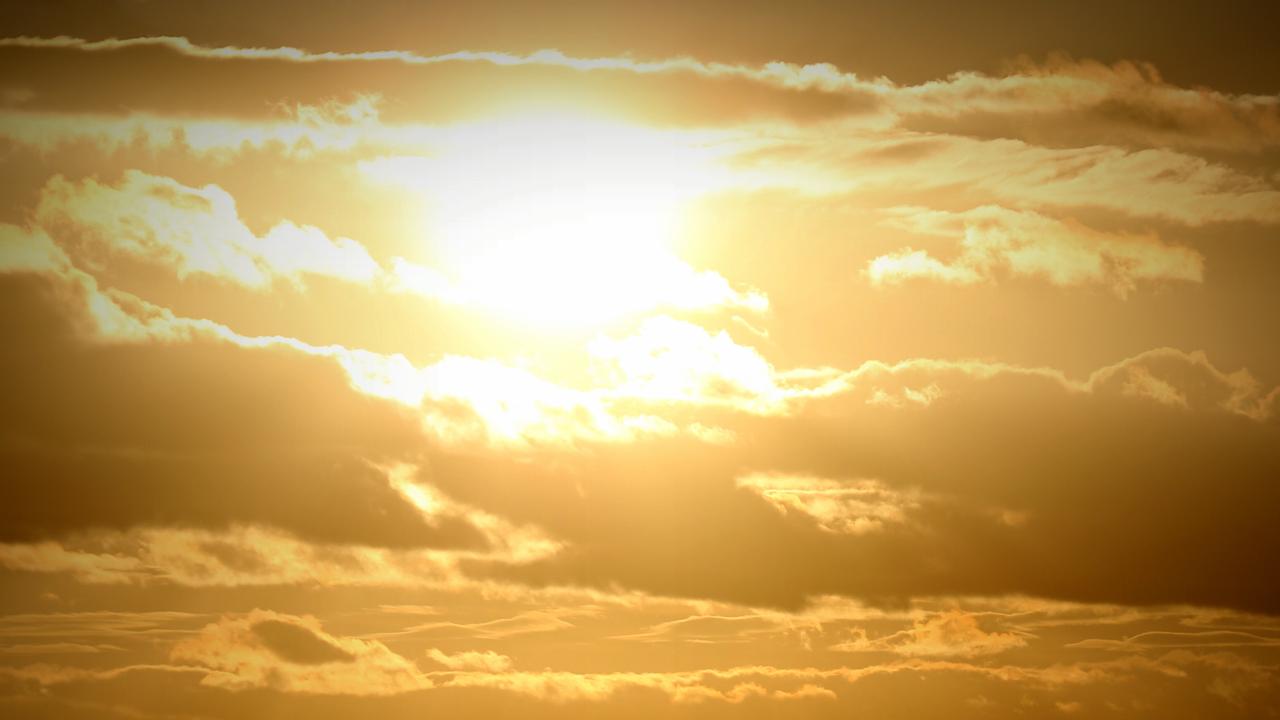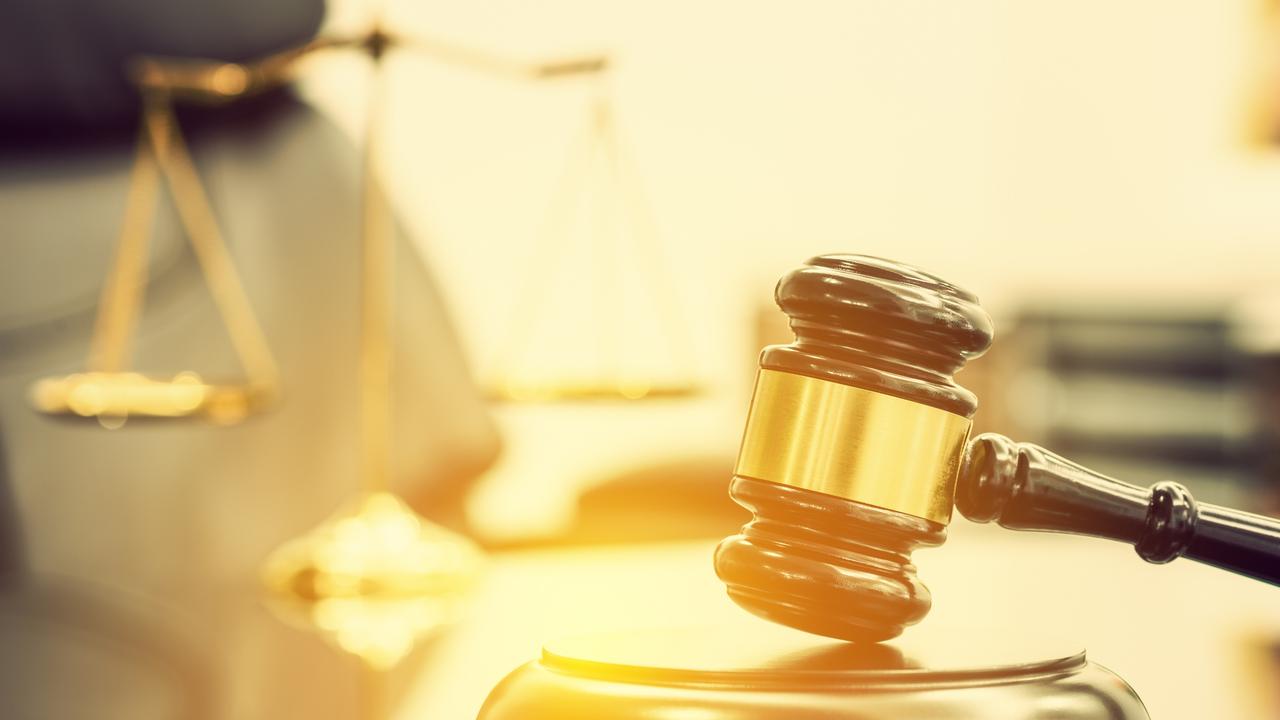Gympie koala groups concern over loss of koala habitat
Concerns for the Gympie region’s dwindling koala population have come to the forefront as 100,000 koala friendly trees are planted at Lower Wonga.
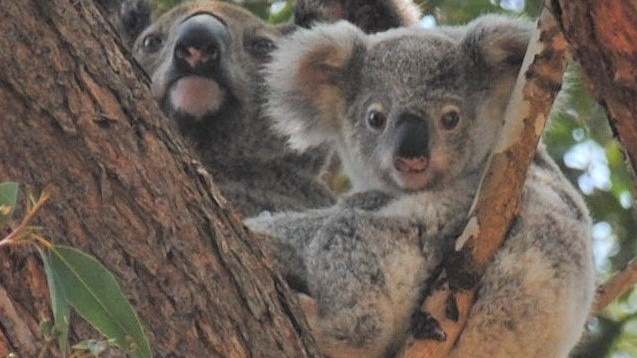
Hyperlocal
Don't miss out on the headlines from Hyperlocal. Followed categories will be added to My News.
The planting of 100,000 koala friendly trees as part of The Star Entertainment Group’s long-term carbon plan has generated questions about whether efforts to revive the Gympie region’s dwindling koala population may be too little, too late.
“They (trees) are good when the koalas come, but there’ll be no bloody koalas left by the time the trees are ready as far as I can tell,” ANARRA wildlife carer Paula Rowlands said.
How one of the last dine-in Pizza Huts is defying time
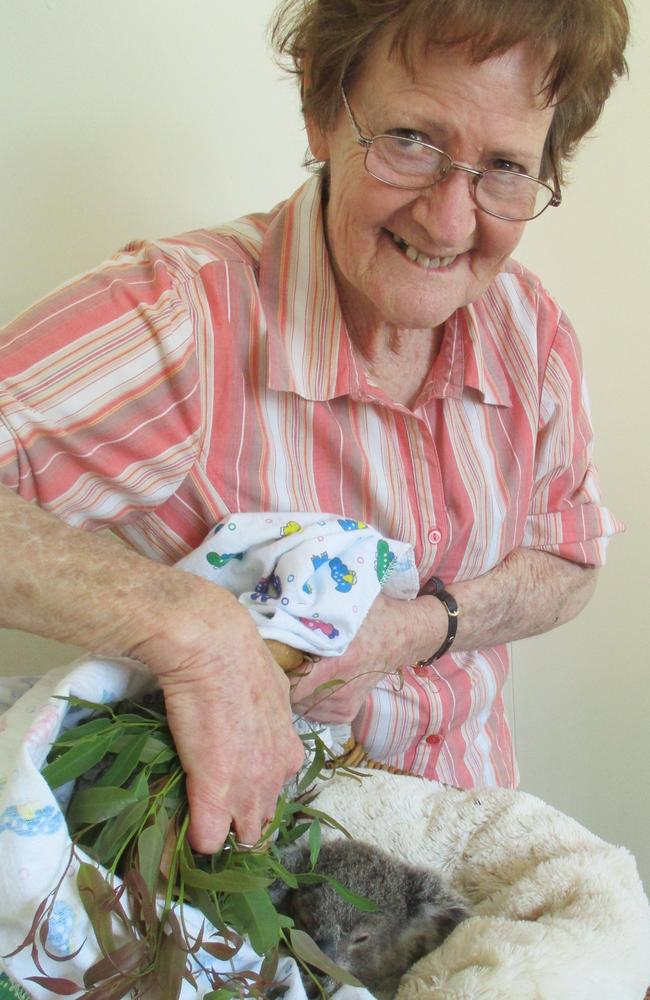
Mrs Rowland described herself as “emotional” after spending the past 40 years caring for sick and injured koalas and other wildlife. She’s watched the continued decline of koala habitat come hand-in-hand with the koalas she cares for.
Out of the 14 koalas she has sent to the Australia Zoo Wildlife Hospital this year, only one has come back alive.
“They've all been put down because they’ve got disease due to loss of good habitation on people’s farms, and now they’re putting houses on the farms. It’s just all upside down, it’s terrible,” Mrs Rowlands said.
Planning for green spaces and corridors for the koalas to move through safely is integral to the survival of the local koala population, Koala Action Gympie Region’s president Robyn Jackson said.
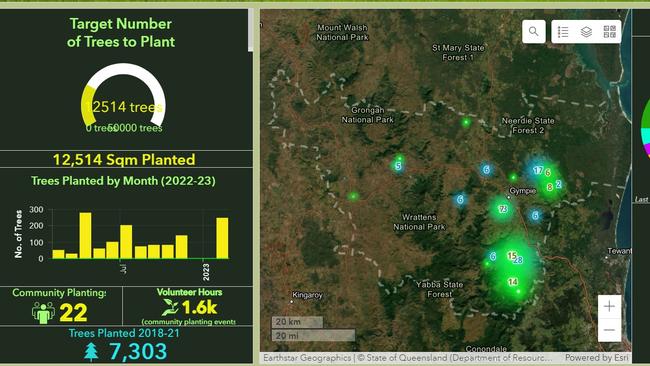
The relationship between developers, Gympie Regional Council and concerned residents watching the decline of koalas on their backyards or properties has been fraught with tension as housing developments encroach on koala habitat, particularly on the Southside.
For the past seven years, connecting koala habitats between private properties and advocating for green corridors in town planning has been an aim for KAGR.
“The biggest danger to koalas here is having big open gaps between patches of vegetation. That’s why we’re trying to work on corridors and fill them in. They (koalas) need safety to travel,” Mrs Jackson said.
“Gympie is a region with a lot of small land holdings, a whole lot put together make up the habitat and putting a few trees on their property and their neighbours makes a massive difference,” she said.
Since 2018, KAGR has worked with 61 landholders planting an average 2000 trees a year.
When koalas became officially endangered in February 2022, the status elevated the urgency of keeping their habitat.
Mrs Jackson described this as feeling like “a losing fight”.
Gympie’s largest koala habitat restoration project in The Star Casino’s carbon offset farm has been welcomed by Mrs Jackson, despite her concern around keeping existing and well-established koala habitat.
Noosa Landcare project officer Sarah Lawson is part of the team regenerating the farmland. She is optimistic about creating a safe koala habitat for the future.
“We have seen on other sites like this that within five years koalas, to a fairly substantial degree, start occupying the site,” Ms Lawson said.
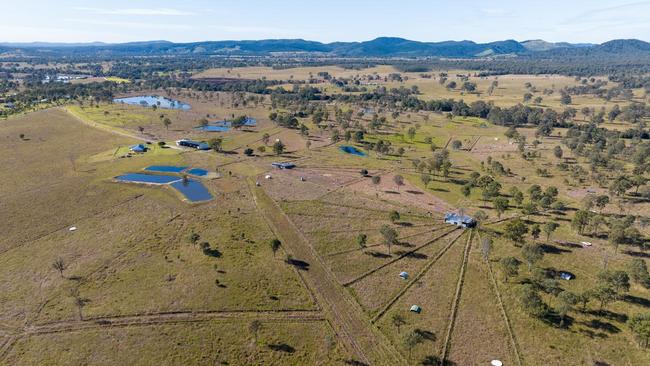
The site will replicate a natural bush environment, with plant and tree species encouraging flow-on effects to create greater biodiversity and cater for more than just koalas, Ms Lawson said.
The 170ha farmland at Lower Wonga was purchased by The Star in order to help manage its future carbon emissions reduction, support biodiversity and bolster native forest regeneration, a statement from the group said.
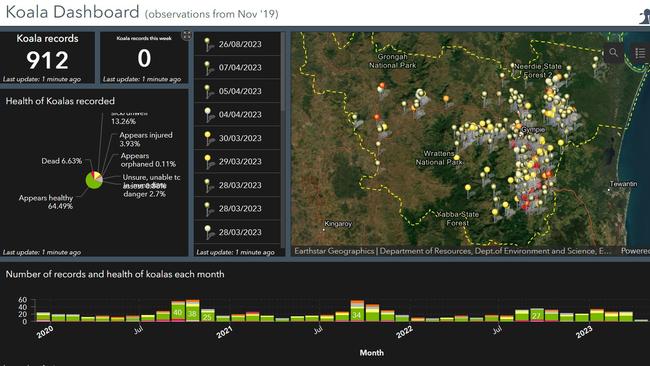
While regenerative projects like this reap future rewards, at present, the ultimatum for koalas remains the race between the planting and felling of their favourite trees.
“We’re not getting the trees in the ground fast enough, they take years and years to grow.
“To replace a habitat that is hundreds of years old is impossible,” Mrs Jackson said.



